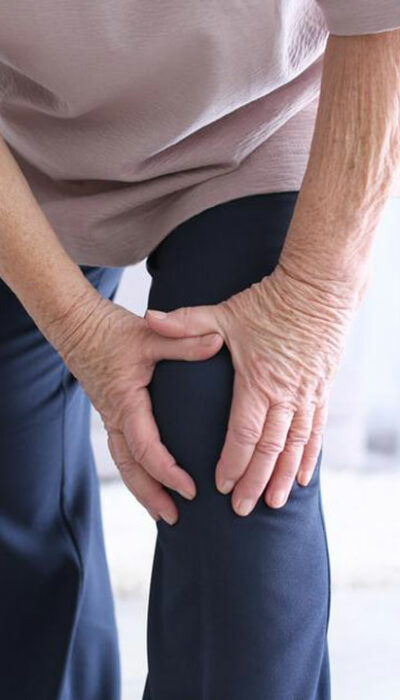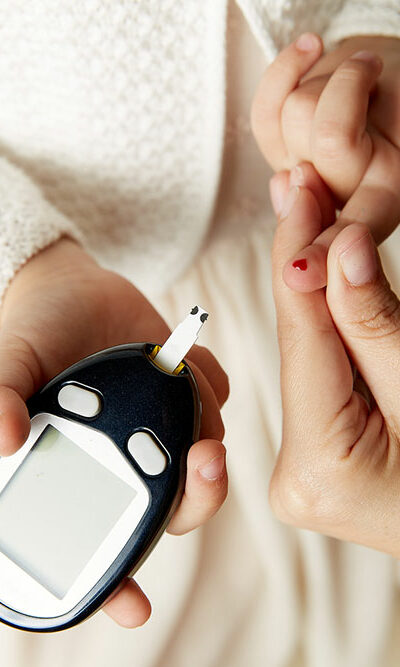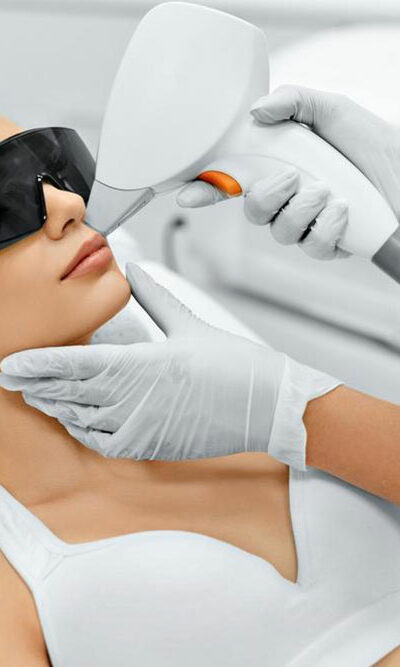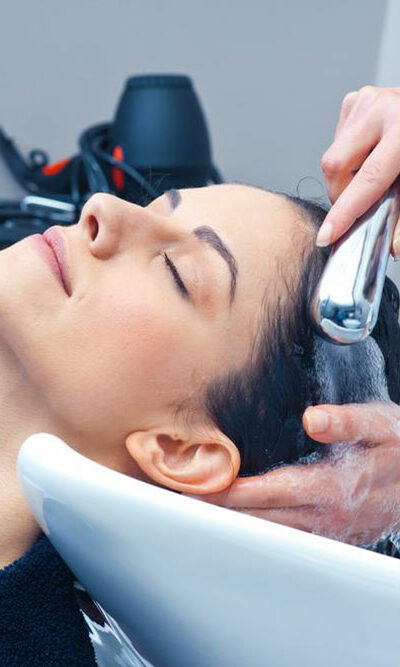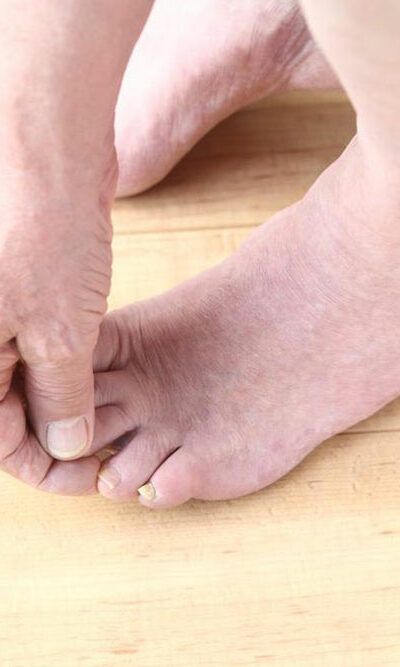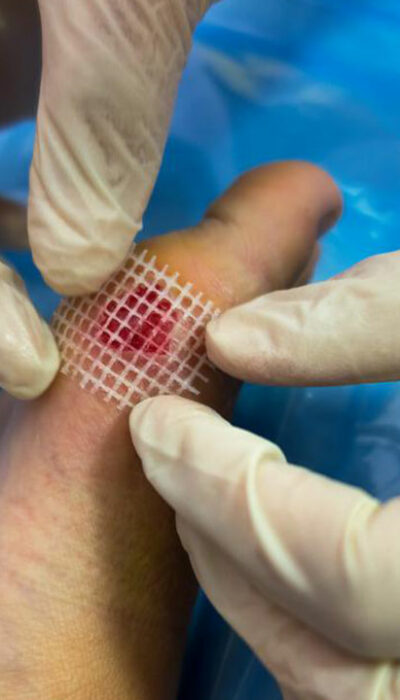
Shingles Medications and Treatment
Shingles Medications and Treatment Shingle is an infectious disease which causes a painful rash. It is equally important to know the signs of shingles before taking any medication. Shingles in, ordinary cases, are characterized by an unpleasant feeling in some areas of skin and a headache which usually turns severe. After a few days of pain, a rash also appears on the skin. Shingles first appear on the face, eyes or the genital area but can also be seen in other regions. It is important to remember here that the shingles appear as red marks on one side of the body only. Any redness on both the sides of the body is not likely to be shingles. The shingles rash also appears in the form of a band on one side of the body. The pain in the area remains even when the rash has disappeared. Shingles can be cured by using painkillers which ease the pain. A person should keep the rashes clean and dry as this reduces the risk of infection in case of shingles. Loose fitting clothes should be worn and calamine lotion must be applied to ease the problem of itching. Using a cold compress or a bag of frozen vegetables wrapped in a towel few times in a day can help you get relief in case of shingles. Shingles usually heal in 4 weeks. The skin is likely to pain for up to a week after rashes have vanished, but it eventually gets better with time. You can use medications to reduce the incidence of Shingles.There are some medications which can be used to treat shingles. While some singles medications are used to treat infectious conditions which are caused due to certain viruses, some cure sores around the mouth and shingles alike. Most shingles medications are antiviral drugs that are known to decrease the severity of shingles.



